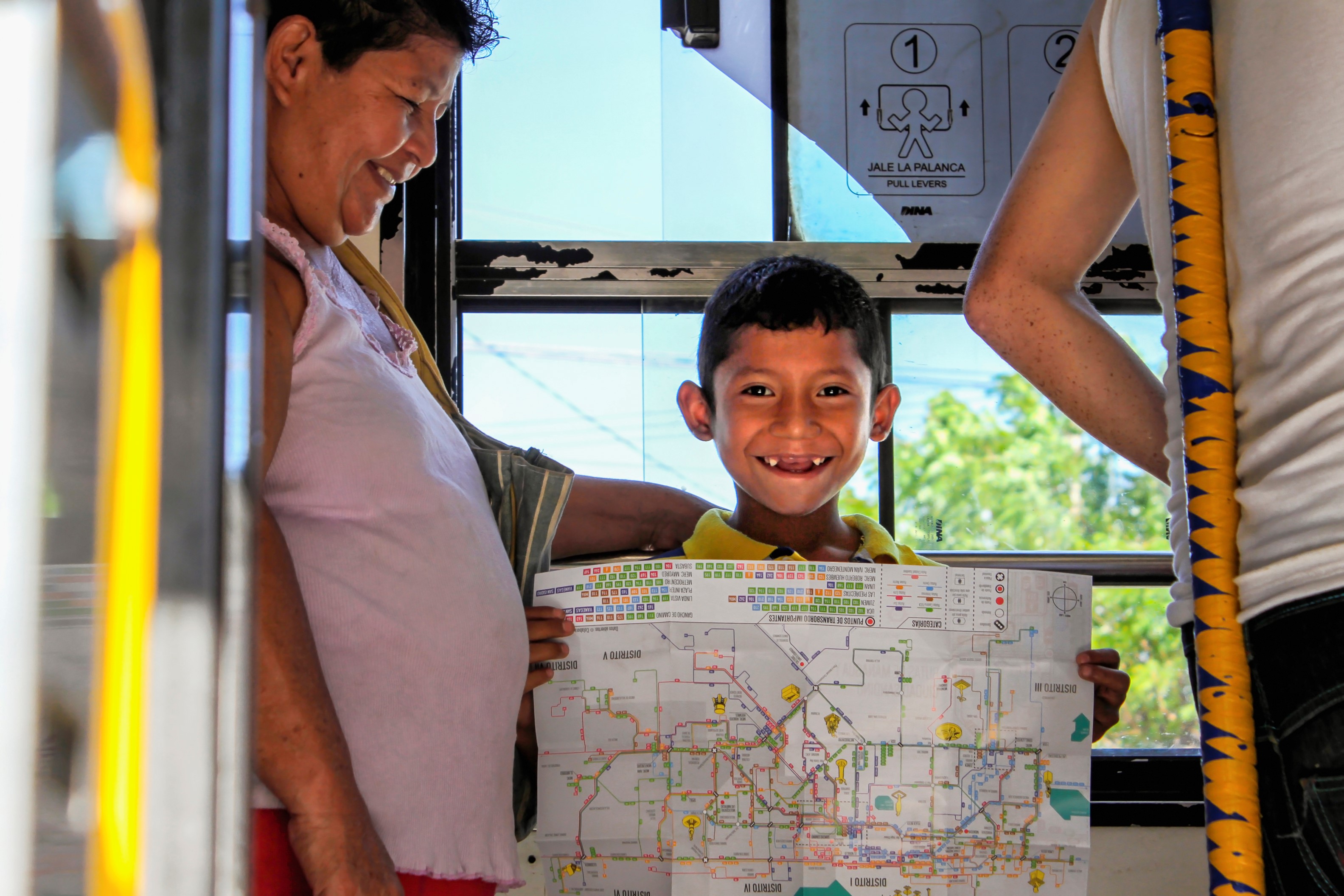Goal 9 - Industry, Innovation, and Infrastructure
Download page as PDFBuild resilient infrastructure, promote inclusive and sustainable industrialization and foster innovation
“Investments in infrastructure – transport, irrigation, energy and information and communication technology – are crucial to achieving sustainable development and empowering communities in many countries. It has long been recognized that growth in productivity and incomes, and improvements in health and education outcomes require investment in infrastructure."

Mapping basic infrastructure such as roads and buildings is often the first step in understanding and solving larger issues. Through the power of the HOT global community, roads and buildings can be mapped remotely while communities and teams on the ground add important information such building conditions and road surface quality. This information can be used to understand which populations have access to basic services and how to reach vulnerable people during a disaster.
What has been done?
OSM Nicaragua: Before members of OSM Nicaragua stepped in, there was no map for the 42 bus lines in Metropolitan Managua, capital of Nicaragua, where 80% of the 2 million inhabitants that are dependent on buses to commute to work or school. Using open source software and OpenStreetMap, the community created the first digital and printed public transportation maps. With this collaborative effort, Managua became Central America’s first capital with a complete transportation map.
What else can be done?
- Map roads in rural areas and monitor the development of road networks over time allows better estimates of the percentage of the population with nearby roads that are accessible year-round.
- Increase access to ICT and the internet through provision of equipment, software, and training in the places that HOT works.
- Promote sustainable industrialisation
- Access in rural areas
- Understand development of road network over time
- Increase access to ICT and internet